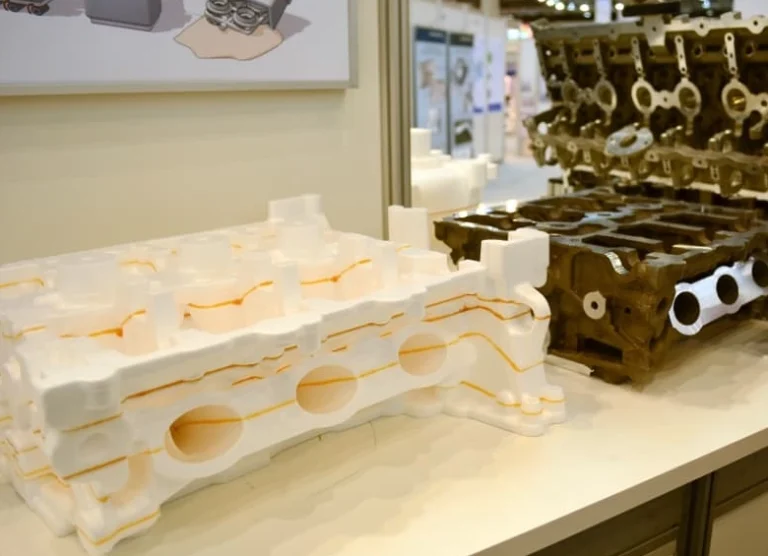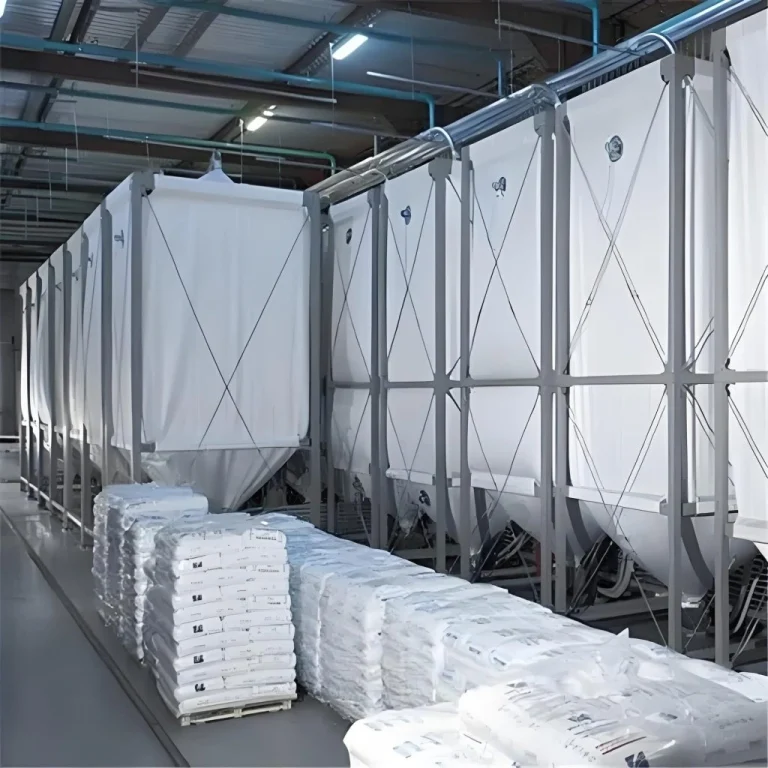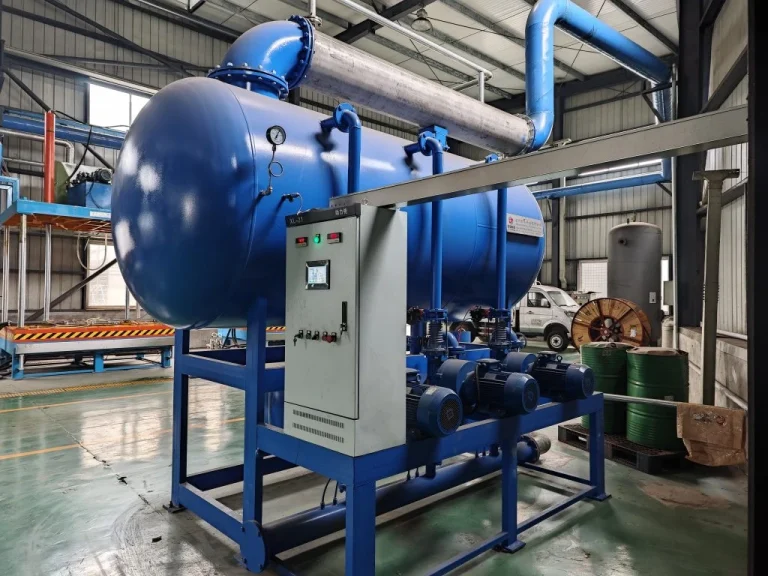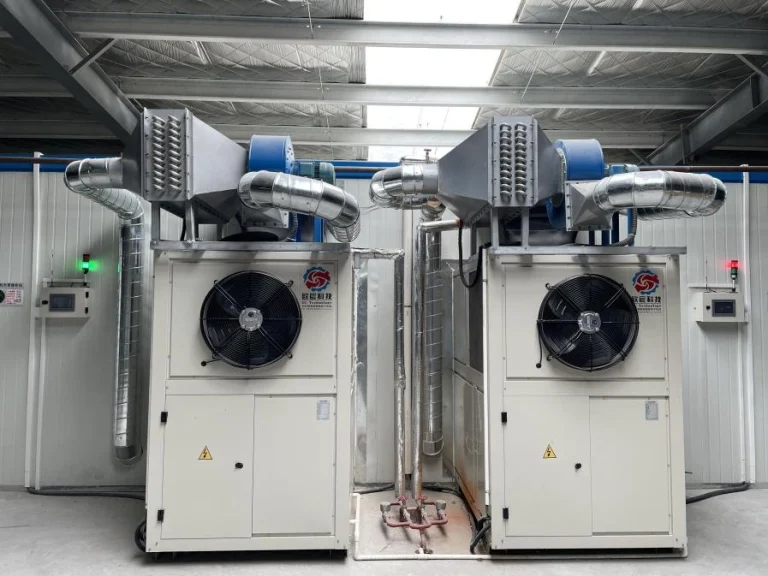Introduction to the Lost Foam Casting Process
Mất bọt đúc is a cool, new way to make tricky metal parts. It’s also called full mold casting or evaporative-pattern casting. This method uses a foam pattern made of polystyrene. The foam stays in the mold when hot metal is poured. The foam turns to gas when the metal touches it. This forms the final part. Unlike old methods, you don’t need to pull out the pattern. This makes things simpler. It also cuts costs.
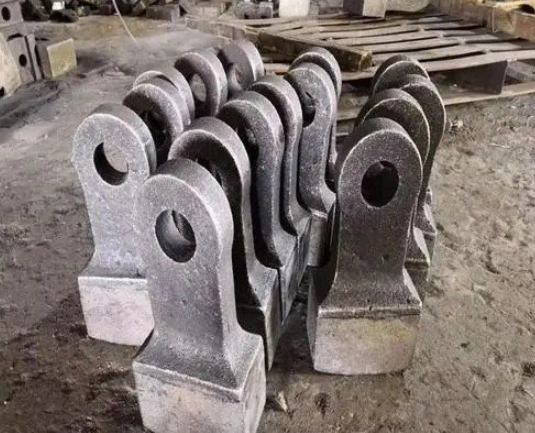
Process Steps
Here are the main steps in lost foam casting:
- Pattern Creation: A foam shape is made from expanded polystyrene (EPS). It looks just like the part you want.
- Ứng dụng lớp phủ: The foam gets a special heat-proof coating. This keeps the part smooth and stops sand from wearing away.
- Mold Formation: The coated foam is buried in loose sand inside a steel box. This makes a strong mold without glue.
- Rót: Hot metal is poured in. It burns away the foam and fills the space.
- Làm mát và chiết xuất: After cooling, the sand is taken away. The finished part is revealed.
General Advantages of Lost Foam Casting
This method makes complex shapes without needing cores or split lines. It’s super precise. The surface is smooth, with finishes from 2.5 to 25 μm RMS. It’s cheap because it has fewer steps. The loose sand can be used again. It’s good for the planet too. It makes less pollution and waste.
Lost foam casting works for car parts like engine blocks. It’s also great for plane parts and big machine pieces.
Lost Foam Casting for Steel
Making steel parts with this method needs special tricks. Steel has a high melting point. It also has unique metal traits. You need to focus on foam types, coatings, and pouring settings.
Technical Considerations
- Foam Material: Mix expanded polystyrene (EPS) with expanded polymethyl methacrylate (PMMA). This cuts down carbon pickup in steel. A common mix is 30% EPS and 70% PMMA.
- Coatings: Heat-proof coatings handle up to 2,900°F (1,590°C). They keep the mold strong and the surface nice.
- Pouring Parameters: Steel needs exact pouring speeds, about 80–100 lbs./second. It also needs super-hot temperatures, at least 2,900°F, to avoid flaws.
- Gating Design: Good gating makes metal flow evenly. It stops the mold from breaking.
Innovations
New ideas include foam polymers that grab carbon when they burn. Better coatings handle high heat. Improved controls make the process smoother.
High Manganese Steel and Its Properties
High Manganese Steel, or Hadfield steel, has 12-14% manganese and about 1.2% carbon. It gets harder when worked on. This makes it super tough against wear.
High Manganese Steel Key Properties
- Work-Hardening: The steel gets tougher on its surface during use.
- Toughness: It has an impact toughness of around 43.5 J/cm². It handles heavy jobs well.
- Wear Resistance: Perfect for rough, grinding places.
- Heat Treatment: Heated to ~1,000°C and cooled fast to get the best structure.
High Manganese Steel Applications
This steel is used in mining for crusher jaws. It’s in railways for tracks. It’s also in construction for buckets and in big machines for spiral blades.
Lost Foam Casting Process for High Manganese Steel

Lost foam casting works great for High Manganese Steel. It makes strong parts with little extra work after casting.
Specific Techniques
- Lựa chọn vật chất: High Manganese Steel’s toughness is great for parts like mining hammers.
- Surface Reinforcement: Coatings with silicon carbide (SiC) or tungsten carbide (WC) bits boost wear resistance.
- Diffusion Improvement: Chromium helps SiC/WC bits stick to the steel better.
- Vacuum EPC Technology: Cuts gas bubbles and makes parts better.
Performance Testing
Tests on spiral blades showed:
- Matrix hardness of 28.6 HRC.
- Impact toughness of 43.5 J/cm².
- Wear resistance from pin disc tests (loss of 0.236 g) and erosion tests (loss of 0.3761 g).
Case Study
A test on spiral blades with SiC/WC bits showed awesome wear resistance. They were a bit less tough than high chromium alloy steel. But they still worked great.
Lost foam casting makes complex designs for High Manganese Steel. It cuts machining needs for parts used in tough jobs like mining or building tools.
Advantages and Challenges
Lost foam casting has lots of perks for High Manganese Steel. It makes tricky shapes without cores or split lines. This is awesome for complex designs. It’s super precise, with tolerances as tight as ±0.005 mm/mm. Surfaces are smooth, from 2.5 to 25 μm RMS. This means less machining after casting.
The process saves money. It has simple steps. Loose sand can be reused. It’s kind to the environment. It makes little waste. No chemical glues means less pollution.
But there are some hurdles. Foam can add carbon to High Manganese Steel. This can change its traits. To fix this, use EPS and PMMA blends. Another issue is steel’s high pouring temperature, up to 2,900°F (1,590°C). This can break molds or cause gas buildup if not controlled right.
Coatings are super important. They need to let gas escape but also handle heat. This keeps molds steady and stops flaws. Foam patterns can cost a lot for small batches. But new 3D printing tech might help with this soon.
Future Potential
Lost foam casting has big promise for making High Manganese Steel parts. Research is working to fix its limits and make it even better.
One idea is 3D printing foam patterns. This skips mold-making costs. It’s great for small batches. It also speeds up design changes and cuts time.
Better coatings are being studied too. They want coatings that handle hotter temps and manage gas better. This would make parts stronger. It would also cut flaws.
New foam materials are in the works. These would have less carbon when burned. This is key to keeping High Manganese Steel’s good traits. New foams might grab carbon during burning to improve parts.
Smaller grain sizes are another win. Methods to cut inclusions and refine grains could make parts tougher. This could help High Manganese Steel and other steels too.
Lost Foam Casting Machines from Hangzhou Ouchen Technology Co., LTD
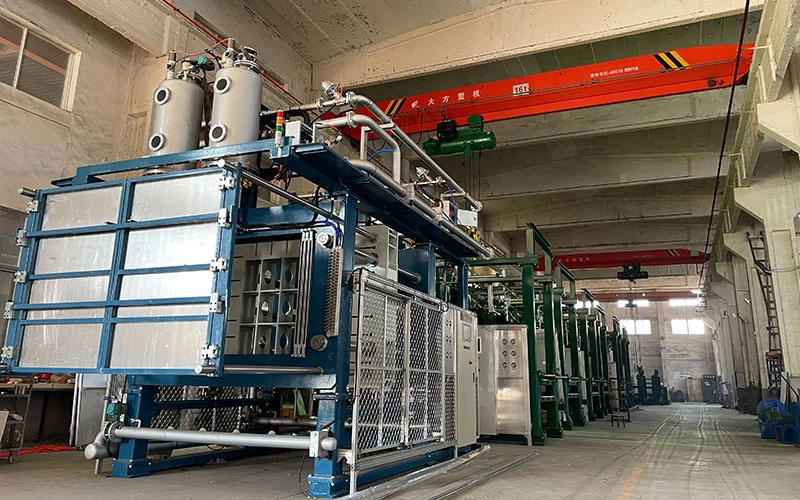
Công ty TNHH Công nghệ Hàng Châu Ouchen makes awesome machines for lost foam casting. Here’s what they offer:
Fully Automatic Prefoaming Machine
This pre–foaming machine preps EPS or foam mixes for molding. It makes sure beads are even. It stops clumping. It meets tough casting needs.
- Key Features:
- Computer control with setting saves.
- Remote control for upgrades and tweaks.
- Collects waste well.
- Weighs foam for exact foaming.
- Has safety like leak protection and emergency cooling.
Fully Automatic Hydraulic Forming Machine
This vertical foam molding press gives tight control. It uses computer screens and PLC automation for easy work.
- Key Features:
- Vertical design with hydraulic push.
- Remote upgrade option.
- Vacuum and misty water cooling.
- Pulse tank for even bead spread.
- Strong build with Q235 steel plates.
Hệ thống chân không trung tâm
This system boosts vacuum cooling. It keeps vacuum steady during work.
- Key Features:
- PLC auto control with smart start/stop.
- Closed-loop cooling.
- Good drains to keep molds dry.
- Uses top vacuum pumps with stainless steel parts.
They also offer foam sheet machines, air dryers, paint mixers, and storage silos. These handle large-scale needs. Liên hệ với họ at +86 15988479417, email zyh@oc-epc.com, or visit https://www.oc-epc.com/ to explore top lost foam aluminum casting equipment solutions.All machines meet strict rules like GB 50277-1998 and GB/T19769-2005. They’re reliable for industry use.
FAQ
Q1: What makes Lost Foam Casting suitable for High Manganese Steel?
It makes complex shapes with smooth surfaces. It’s great for tough parts like mining hammers or spiral blades. It cuts extra machining needs.
Q2: How does carbon pickup affect steel properties?
Too much carbon from foam can change steel’s makeup. This might hurt its strength. Using PMMA blends helps cut this problem a lot.
Q3: What are the environmental benefits of this process?
It uses reusable loose sand. It skips chemical glues. This means less pollution and waste than old methods.
Q4: Can this process handle high-temperature metals?
Yes, but it needs special heat-proof coatings. These handle up to 2,900°F (1,590°C). Good controls are key to avoid flaws like mold breaks or gas buildup.
Q5: What advancements can we expect in Lost Foam Casting technology?
Look for 3D printing for patterns, better coatings for heat, new foams with less carbon, and ways to make grain sizes smaller for stronger parts.

